Python Mega Course: Learn Python in 60 Days, Build 20 Apps
Learn Python from zero to advanced by building real programs to gain the skills needed to land an entry-level job.
4.63 (70053 reviews)
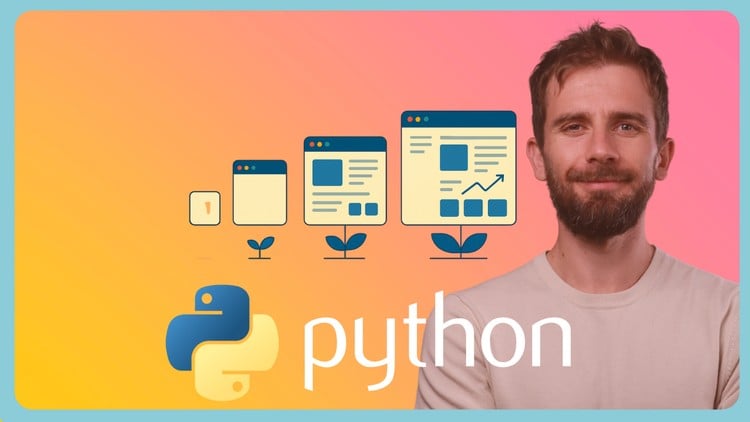
341,760
students
52 hours
content
Mar 2025
last update
$199.99
regular price
What you will learn
Learn Python from beginner to advanced levels.
Master essential Python concepts like variables, loops, and functions.
Master advanced skills like OOP and debugging.
Master essential programming tools like Git and Bootstrap.
Build real-world Python applications step by step.
Deploy and publish your Python apps for real users.
Work with databases using SQL.
Use APIs to connect Python to web services.
Automate tasks with Python scripts.
Learn Machine Learning with Python.
Create web apps with Flask, Streamlit, and Django.
Design interactive GUIs for desktop programs.
Gain experience with web scraping for extracting data from websites.
Use Selenium for web automation and testing.
Learn data visualization techniques.
Create dashboards to visualize data.
Learn to build and publish Python packages.
Learn tricks and tips for efficient coding.
Screenshots
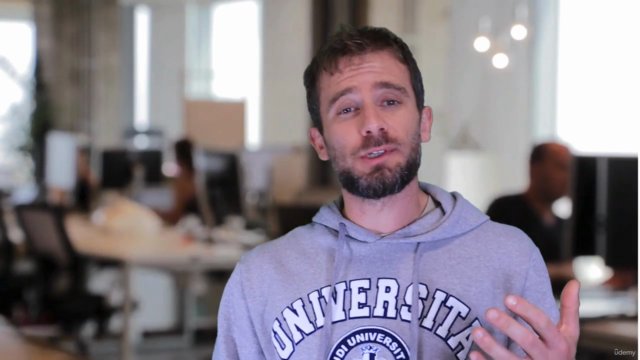
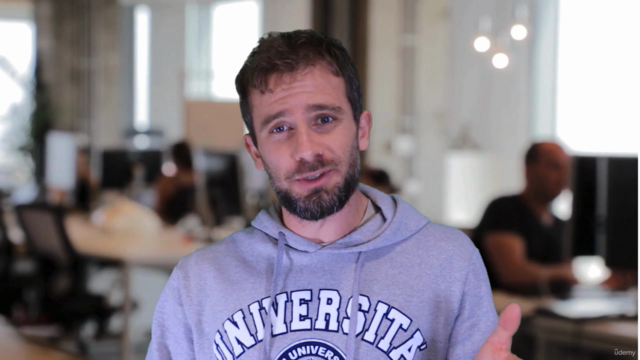
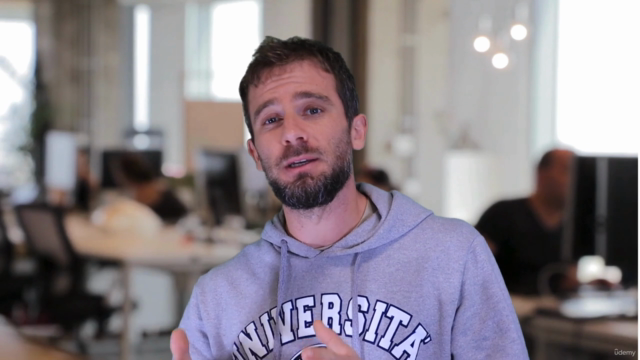
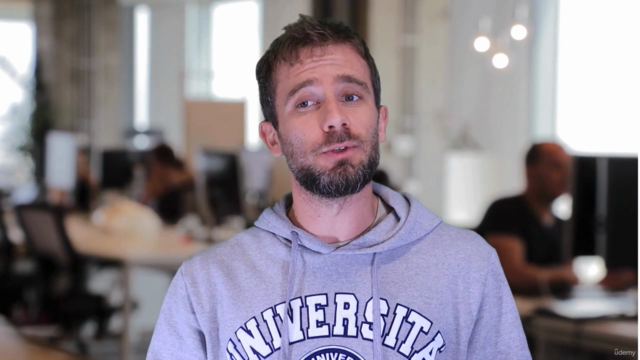
Related Topics
692188
udemy ID
12/8/2015
course created date
7/31/2019
course indexed date
561nano
course submited by